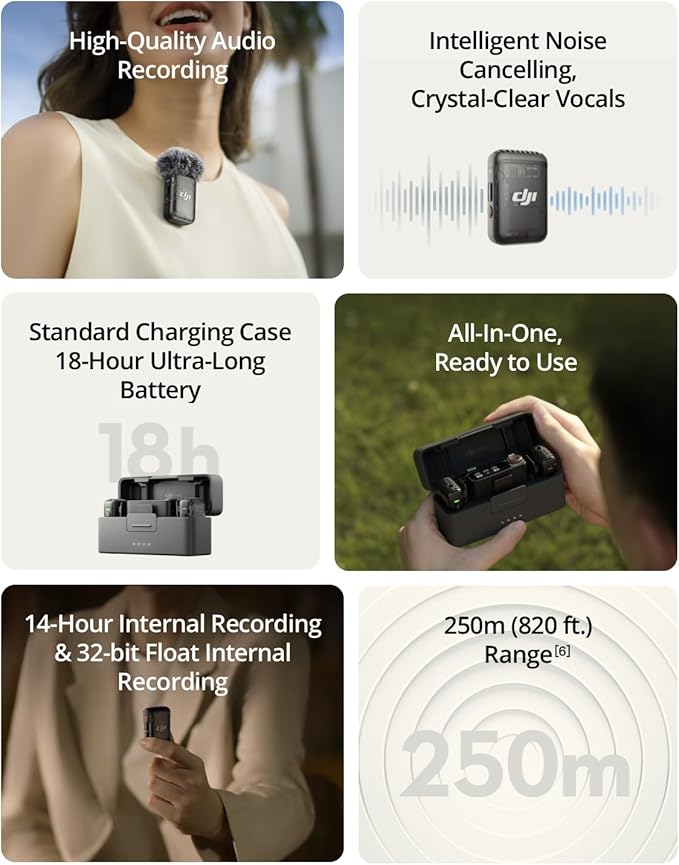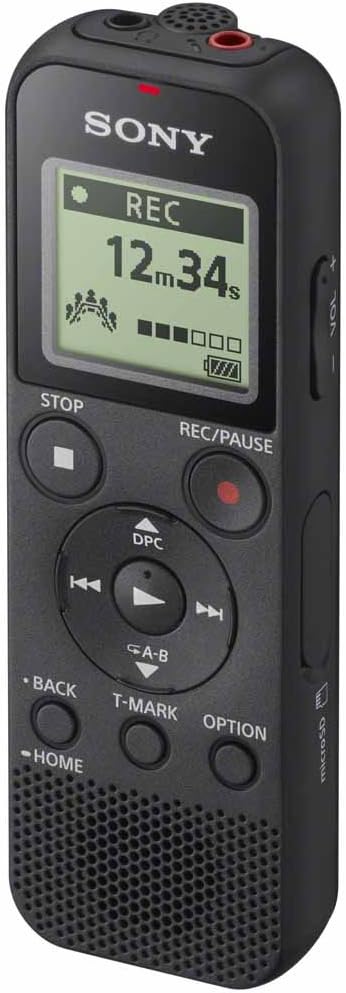Content analysis is a critical component of any successful content marketing strategy. By systematically evaluating your content's performance, you can identify what's working, what needs improvement, and how to optimize your content for better results. Start your review by auditing foundational metrics in platforms such as Google Analytics 4, then complement those findings with baseline content measurements using our professional word counter.
This comprehensive guide walks through every stage of a modern content analysis workflow—from defining business goals to shipping optimization experiments—so you can implement actionable improvements that drive engagement, conversions, and loyal readership. For additional research-backed tactics, bookmark studies from the Content Marketing Institute, which publishes annual benchmarks that help teams compare their metrics to industry averages.
What is Content Analysis in 2025?
Content analysis is the systematic evaluation of your content's performance, quality, and effectiveness. It involves examining various aspects of your content to understand how well it's meeting your goals and resonating with your audience.
Pro Tip: Use our Text Analyzer to get comprehensive insights into your content's readability, tone, and structure before analyzing performance metrics.
Key Content Analysis Metrics for Performance Tracking
Understanding the right metrics to track is essential for effective content analysis. Different metrics provide insights into various aspects of your content's performance.

Professional content analysis requires powerful mobile computing solutions - the Microsoft Surface Pro 9 with Intel Core i7, 16GB RAM, and 256GB SSD provides the perfect platform for running analytics software, data visualization tools, and comprehensive content performance tracking on the go.
💻 Professional Analytics Platform
Microsoft Surface Pro 9 with Intel Core i7
13" Touch Screen • Intel Core i7 • 16GB RAM • 256GB SSD • Windows 11 • Platinum
🚀 Content Analysis Powerhouse: Perfect for analytics software • Data visualization • Performance tracking • Mobile productivity • Touch interface • Professional workflows • Multi-tasking capability • Cloud integration
Elevate your content analysis with professional-grade mobile computing power
Engagement Metrics
Engagement metrics help you understand how your audience interacts with your content. These include time on page, bounce rate, scroll depth, and social shares. A key engagement factor is content length and readability - use our reading time calculator to ensure your content matches your audience's time investment expectations.
SEO Performance Metrics
SEO metrics indicate how well your content is performing in search engines. Key metrics include organic traffic, keyword rankings, click-through rates, and backlinks. For comprehensive SEO analysis, examine keyword distribution using our keyword density analyzer to ensure optimal keyword usage without over-optimization.

Effective content analysis includes audio content evaluation - the DJI Mic 2 wireless microphone system with intelligent noise cancelling and 32-bit float recording provides professional-grade audio capture for creating high-quality content that performs well in search rankings and user engagement metrics.
🎤 Professional Audio Content Creation
DJI Mic 2 (2 TX + 1 RX + Charging Case)
Wireless Lavalier • Intelligent Noise Cancelling • 32-bit Float • 820 ft Range • iPhone/Android/Camera
🎯 Content Performance Enhancement: Perfect for podcast content • Video narration • Interview recording • Professional audio quality • SEO-optimized content • User engagement boost • Multi-platform compatibility • Wireless convenience
Create high-performing audio content that ranks well and engages audiences effectively
Conversion Metrics
Conversion metrics show how effectively your content drives desired actions. These include lead generation, email signups, downloads, and sales conversions. The HubSpot State of Marketing report recommends pairing funnel metrics with qualitative journey maps so teams understand not just what converted, but why.
Content Quality Analysis Techniques
Quality analysis focuses on evaluating the substance, structure, and effectiveness of your content. This involves examining both objective and subjective aspects of your content.
Readability Analysis
Readability analysis examines how easy your content is to read and understand. Factors include sentence length, word complexity, and overall structure. Analyze sentence distribution and complexity using our sentence counter tool to identify opportunities for improving readability and flow.

Precise content analysis and editing require professional typing tools - the Logitech MX Mechanical Mini wireless keyboard with clicky switches and backlit keys provides tactile feedback and accuracy needed for detailed content review, readability improvements, and comprehensive text analysis work.
⌨️ Professional Content Editing
Logitech MX Mechanical Mini Wireless Keyboard
Clicky Switches • Backlit • Bluetooth • USB-C • macOS/Windows/Linux/iOS/Android • Metal
✨ Precision Content Work: Perfect for content editing • Readability improvements • Text analysis • Professional typing • Tactile feedback • Multi-device support • Extended editing sessions • Wireless productivity
Enhance your content analysis workflow with professional mechanical typing precision
Content Structure Analysis
Structure analysis evaluates how well your content is organized. This includes examining headings, subheadings, paragraphs, and overall flow. For detailed structural analysis, use our paragraph counter to assess content organization and ensure balanced paragraph distribution throughout your text.
Content Depth and Comprehensiveness
Depth analysis assesses whether your content provides sufficient information and value to meet user expectations and search intent.
Audience Analysis for Content Strategy
Understanding your audience is crucial for content analysis. Audience analysis helps you determine whether your content is resonating with your target demographic.
Demographic Analysis
Demographic analysis examines who is consuming your content, including age, location, interests, and other relevant characteristics.
Behavioral Analysis
Behavioral analysis looks at how your audience interacts with your content, including reading patterns, engagement levels, and conversion behaviors.
Audience Insight: Use our Word Counter to analyze content length and ensure it matches your audience's preferences and reading habits.
Competitive Content Analysis Framework
Analyzing your competitors' content can provide valuable insights into what's working in your industry and help you identify opportunities for improvement.

Competitive content analysis includes evaluating audio content quality - the Shure MV7+ podcast microphone with OBS certification and LED touch panel enables professional audio recording for creating superior content that outperforms competitors in search rankings and user engagement.
🎙️ Competitive Audio Excellence
Shure MV7+ Podcast Dynamic Microphone
OBS Certified • Enhanced Audio • LED Touch Panel • USB-C & XLR • Auto Level Mode • Digital Pop Filter • Reverb Effects
🎯 Competitive Content Edge: Perfect for podcast creation • Professional audio quality • Competitor analysis interviews • Content differentiation • Brand voice development • Audio content strategy • Professional broadcasting • Market leadership
Create superior audio content that outperforms competitors with professional broadcast quality
Content Gap Analysis
Content gap analysis identifies topics and content types that your competitors are covering but you're not, presenting opportunities for new content creation.
Performance Benchmarking
Benchmarking compares your content performance against industry standards and competitor performance to identify areas for improvement.
Content Optimization Strategies After Analysis
Based on your content analysis findings, you can implement various optimization strategies to improve performance and achieve better results.
SEO Optimization
SEO optimization involves improving your content's search engine visibility through keyword optimization, meta descriptions, and technical improvements. Monitor content length for social media and search engine requirements using our character counter to ensure optimal formatting across different platforms.
Content Enhancement
Content enhancement focuses on improving the quality, depth, and value of your existing content based on analysis findings. Use our professional text editor to implement content improvements in a distraction-free environment that supports focused editing and revision work.
User Experience Optimization
UX optimization improves how users interact with your content, including readability, navigation, and overall user satisfaction.
Content Analysis Tools and Platforms for 2025 Teams
Various tools and platforms can help you conduct comprehensive content analysis, from basic analytics to advanced performance tracking.

Advanced content analysis requires comprehensive data visualization - the HKMLC Smart Board Summit 65-inch digital whiteboard with 4K UHD touchscreen provides the perfect platform for displaying analytics dashboards, conducting team analysis sessions, and visualizing complex content performance data for strategic decision-making.
📊 Professional Analytics Visualization
HKMLC Smart Board Summit 65 Inch Digital Whiteboard
4K UHD Touchscreen • 8+128GB Android OS • Electronic Whiteboard • Wall Mount Included • Classroom/Home/Office
📈 Analytics Display Pro: Perfect for data visualization • Team analysis sessions • Performance dashboards • Strategic planning • Interactive presentations • Content strategy meetings • Large-scale analytics • Professional collaboration
Transform your content analysis with professional-grade 65-inch interactive display technology
Analytics Platforms
Analytics platforms like Google Analytics provide comprehensive data about your content's performance, including traffic, engagement, and conversion metrics.
SEO Tools
SEO tools help you analyze your content's search performance, keyword rankings, and optimization opportunities.
Content Analysis Tools
Specialized content analysis tools provide insights into readability, tone, structure, and other content quality factors. Our comprehensive text analyzer combines multiple analysis features to evaluate content quality, readability scores, and optimization opportunities in one integrated platform.
Creating a Content Analysis Framework for Continuous Improvement
Developing a systematic framework for content analysis ensures consistency and helps you track progress over time.

Extended content analysis sessions require optimal workspace lighting - the Micomlan LED desk lamp with 24W power and adjustable settings provides eye-care lighting that reduces fatigue during long analysis sessions, ensuring consistent focus and accuracy throughout your content evaluation process.
💡 Professional Workspace Lighting
Micomlan LED Desk Lamp 24W
LED Desk Lamp • Adjustable • Eye Care • Office/Home/Study • Energy Efficient
💡 Analysis Workspace Pro: Perfect for extended analysis sessions • Eye strain reduction • Consistent lighting • Focus enhancement • Professional workspace • Energy efficiency • Adjustable brightness • Comfortable work environment
Create the perfect content analysis environment with professional eye-care lighting
Define Your Goals
Clearly define what you want to achieve with your content analysis, including specific metrics and improvement targets.
Establish Regular Review Cycles
Set up regular intervals for content analysis to ensure ongoing optimization and improvement.
Document Your Findings
Keep detailed records of your analysis findings and the actions taken to improve content performance.

Extended content analysis work requires eye protection from digital strain - advanced blue light blocking glasses with 99% protection help maintain focus and reduce fatigue during long analysis sessions, ensuring consistent performance throughout detailed content evaluation and review processes.
👓 Digital Eye Protection
Blue Light Blocking Glasses - Advanced 99% Protection
Computer/Gaming/TV/Phone • Screen Fatigue & UV Protection • Fashion Design
👁️ Analysis Health Pro: Perfect for extended screen time • Digital eye strain reduction • Focus maintenance • Professional comfort • UV protection • Fatigue prevention • Consistent performance • Health protection
Protect your eyes during intensive content analysis with affordable, effective blue-light protection
Actionable Insights from Content Analysis Audits
The ultimate goal of content analysis is to generate actionable insights that drive improvement and better results.
Content Performance Insights
Performance insights help you understand which content types, topics, and formats resonate most with your audience.
Optimization Opportunities
Analysis reveals specific opportunities for improving existing content and creating better new content.
Strategic Recommendations
Based on analysis findings, you can develop strategic recommendations for your overall content strategy.
Content Analysis FAQ
What metrics should a 2025 content analysis include?
Track acquisition, engagement, conversion, and retention metrics alongside qualitative feedback to capture the full impact of every asset. A balanced scorecard ensures your dashboards highlight both quick wins and long-term brand-building signals.
How often should teams run a content performance audit?
High-growth teams audit their top-performing content monthly, run deep quarterly reviews, and refresh evergreen pieces whenever strategic priorities shift. This cadence keeps core pages aligned with evolving campaigns.
Which tools support a modern content analysis workflow?
Combine analytics platforms like Google Analytics 4, visualization tools such as Looker Studio, and editorial checklists powered by Word Counter utilities to cover both quantitative and qualitative insights.
How do you align stakeholders around content analysis insights?
Package findings into executive dashboards, share annotated examples, and map optimization tasks directly to owners and deadlines. Clear communication turns analysis into action.

Strategic content analysis requires an ergonomic workspace that supports extended work sessions - the VIVO 36-inch height adjustable standing desk converter provides optimal comfort and health benefits during long analysis sessions, enabling better focus and productivity for comprehensive content evaluation and strategic planning.
💻 Ergonomic Analysis Workspace
VIVO 36 inch Height Adjustable Standing Desk Converter
V Series • Quick Sit to Stand • Tabletop Dual Monitor Riser • Workstation • Black
🎯 Strategic Workspace Pro: Perfect for extended analysis sessions • Health benefits • Dual monitor support • Ergonomic comfort • Productivity enhancement • Professional setup • Focus improvement • Strategic planning workspace
Create an ergonomic content analysis workspace that supports strategic thinking and long-term productivity

Comprehensive content analysis often involves conducting interviews and capturing insights - the Sony ICD-PX370 digital voice recorder provides high-quality audio capture for stakeholder interviews, team discussions, and expert consultations that inform strategic content analysis recommendations.
🎙️ Professional Interview Recording
Sony ICD-PX370 Mono Digital Voice Recorder
Digital Voice Recorder • High Quality Audio • Long Battery Life • Easy Operation
🎯 Analysis Interview Pro: Perfect for stakeholder interviews • Expert consultations • Team discussions • Content insights capture • High-quality recording • Long battery life • Professional audio • Strategic planning support
Capture valuable insights and expert opinions to inform your strategic content analysis recommendations
Content Analysis Guide 2025: Conclusion & Next Steps
Content analysis is an essential practice for any content marketer or business looking to improve their content performance. By systematically evaluating your content and implementing data-driven improvements, you can create more effective content that resonates with your audience and achieves your business goals.
Remember that content analysis is an ongoing process, not a one-time activity. Regular analysis and optimization will help you continuously improve your content strategy and achieve better results over time.
Start implementing content analysis in your strategy today to gain valuable insights and improve your content's performance. The key to success is consistency and a commitment to data-driven content optimization.

